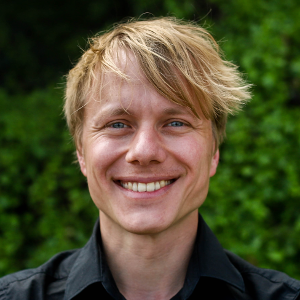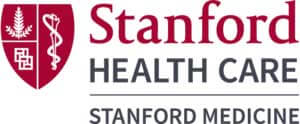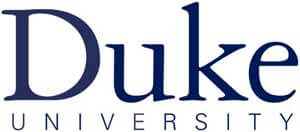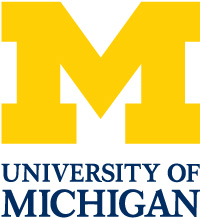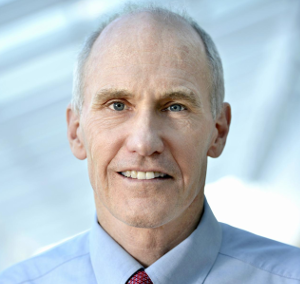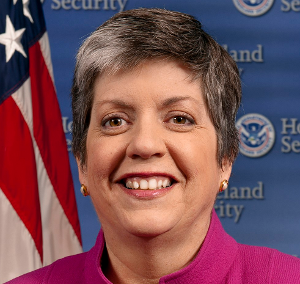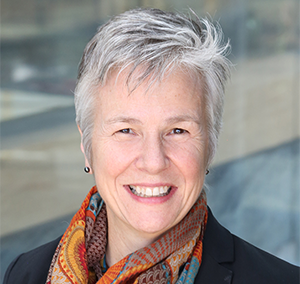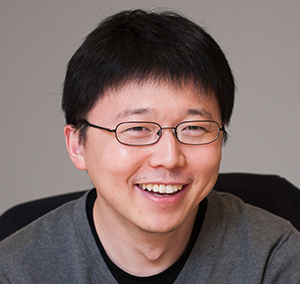I develop and integrate mass spectrometry-based multi omics solutions to characterize the proteome, metabolome as well as lipidome and dissect molecular big data through tailored machine-learning strategies. From 2011 to 2017, I worked with Matthias Mann (Max Planck Institute for Biochemistry) developing and applying mass spectrometry technologies to investigate the complex protein networks of our immune system as well as proteome perturbations that associate with ALS, Alzheimer’s, and Huntington’s disease. Read his full bio.
Interview with Daniel Hornburg of Stanford
Q: There are various new, emerging technologies that bring us closer towards a cure for life-threatening disorders such as cancer, HIV, or Huntington’s disease. Prominent examples include the popular gene editing tool CRISPR or new and improved cell and gene therapies. By when can we expect these new technologies being part of routine clinical care?
A: Genome sequencing for cancer and undiagnosed diseases is beginning to become part of clinical care, and wearable devices such as smartwatches that can be used to measure physiology and health are becoming commonplace as direct to consumer devices. Gene therapies using antisense oligonucleotides are just emerging to treat specific diseases and clinical trials involving CRISPR are underway for treating HIV and blood diseases. So we are on the cusp of seeing a wide variety of new technologies being used for clinical purposes with many more innovative technologies to come within the next years.
Q: What other emerging technologies will have a significant impact on patient care in the near and far future?
A: Prevention is better than cure. For many diseases, key to that idea is our capacity to detect and decode molecular alterations that precede the onset of symptoms and evaluate disease risks on a personalized level. Among the most promising technologies to probe an individual’s molecular landscape of health are ultra-sensitive mass spectrometers in conjunction with advanced computational strategies with which we can explore functional molecular layers such as proteins and metabolites. With this ‘multi-omics’ effort we already characterize disease mechanisms and identify new biomarkers for early diagnosis.
Q: In order to maximize the potential of the aforementioned technologies in the clinic, what strategies need to be adapted?
A: In short, we have to invest in research and development. Technologies such as large-scale mass spectrometric molecular profiling to assess the health state will have to become more streamlined, robust, cheap and simple for routine clinical applications. In addition, interpretation of increasingly complex molecular data will greatly benefit from combining tailored computational strategies with in-depth biological and biochemical expertise.
Q: What are some of the major challenges that need to be overcome before we can see widespread applications across the clinic and how can and should the community work together to get those technologies safely into the clinic?
A: Transforming research platforms to safe and reliable clinical pipelines is challenging because clinical applications require the highest standards for safety and data integrity. For instance, integration of clinical mass spectrometry to measure physiology and health will benefit from improved accuracy and precision of data acquisition and necessitates standardization across institutes. This is a multidisciplinary effort, and we have to identify optimal strategies to encourage collaborations between the clinic, industry and academia, from medical doctors to engineers. Moreover, we will have to engage in an open and educated discussion about socioeconomic, political, as well as very personal implications of the ability to probe an individual’s molecular landscape of health.
Q: What solution is your organization providing to address the need in precision medicine?
A: Under the umbrella of Stanford, our cross-disciplinary team develops multi-omics precision medicine strategies –integrating metabolites, proteins and DNA/RNA with clinical parameters– to transform medicine from reactive to preventive. My personal mission is to develop and apply mass spectrometry and computational strategies to understand the biological role of lipids in health and disease. Lipids are a largely unexplored molecular class and I am integrating lipids in our multi-omics efforts to enhance our systems biology understanding of human physiology.
Q: 6. Is there anything you would like to share with the PMWC audience?
A: To tackle complex scientific questions ahead of us we rely on collaborative, interdisciplinary teams that celebrate failing, in order to learn, improve and progress. In part, academia is not optimally calibrated to support that strategy. Career trajectories that depend on publishing positive results in certain journals with specific authorship positions in a timely manner are adverse to the scientific principles of collaboration and transparency. In the best interest of science and progress, we should critically review some of our policies.
The Precision Medicine World Conference (PMWC), in its 17th installment, will take place in the Santa Clara Convention Center (Silicon Valley) on January 21-24, 2020. The program will traverse innovative technologies, thriving initiatives, and clinical case studies that enable the translation of precision medicine into direct improvements in health care. Conference attendees will have an opportunity to learn first-hand about the latest developments and advancements in precision medicine and cutting-edge new strategies and solutions that are changing how patients are treated.
See 2019 Agenda highlights:
- Five tracks will showcase sessions on the latest advancements in precision medicine which include, but are not limited to:
- AI & Data Science Showcase
- Clinical & Research Tools Showcase
- Clinical Dx Showcase
- Creating Clinical Value with Liquid Biopsy ctDNA, etc.
- Digital Health/Health and Wellness
- Digital Phenotyping
- Diversity in Precision Medicine
- Drug Development (PPPs)
- Early Days of Life Sequencing
- Emerging Technologies in PM
- Emerging Therapeutic Showcase
- FDA Efforts to Accelerate PM
- Gene Editing
- Genomic Profiling Showcase
- Immunotherapy Sessions & Showcase
- Implementation into Health Care Delivery
- Large Scale Bio-data Resources to Support Drug Development (PPPs)
- Microbial Profiling Showcase
- Microbiome
- Neoantigens
- Next-Gen. Workforce of PM
- Non-Clinical Services Showcase
- Pharmacogenomics
- Point-of Care Dx Platform
- Precision Public Health
- Rare Disease Diagnosis
- Resilience
- Robust Clinical Decision Support Tools
- Wellness and Aging Showcase
See 2019 Agenda highlights:
- Five tracks will showcase sessions on the latest advancements in precision medicine which include, but are not limited to:
- AI & Data Science Showcase
- Clinical & Research Tools Showcase
- Clinical Dx Showcase
- Creating Clinical Value with Liquid Biopsy ctDNA, etc.
- Digital Health/Health and Wellness
- Digital Phenotyping
- Diversity in Precision Medicine
- Drug Development (PPPs)
- Early Days of Life Sequencing
- Emerging Technologies in PM
- Emerging Therapeutic Showcase
- FDA Efforts to Accelerate PM
- Gene Editing / CRISPR
- Genomic Profiling Showcase
- Immunotherapy Sessions & Showcase
- Implementation into Health Care Delivery
- Large Scale Bio-data Resources to Support Drug Development (PPPs)
- Microbial Profiling Showcase
- Microbiome
- Neoantigens
- Next-Gen. Workforce of PM
- Non-Clinical Services Showcase
- Pharmacogenomics
- Point-of Care Dx Platform
- Precision Public Health
- Rare Disease Diagnosis
- Resilience
- Robust Clinical Decision Support Tools
- Wellness and Aging Showcase
- A lineup of 450+ highly regarded speakers featuring pioneering researchers and authorities across the healthcare and biotechnology sectors
- Luminary and Pioneer Awards, honoring individuals who contributed, and continue to contribute, to the field of Precision Medicine
- 2000+ multidisciplinary attendees, from across the entire spectrum of healthcare, representing different types of companies, technologies, and medical centers with leadership roles in precision medicine

